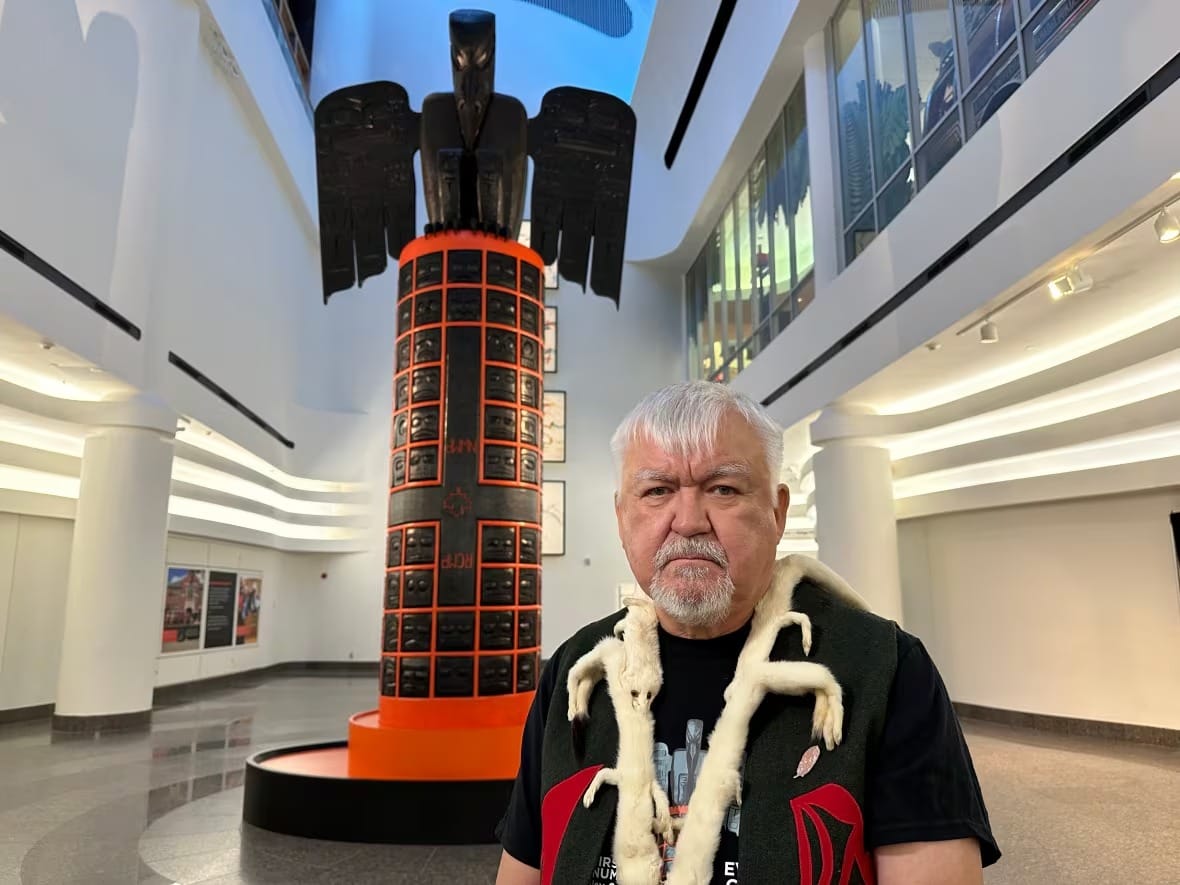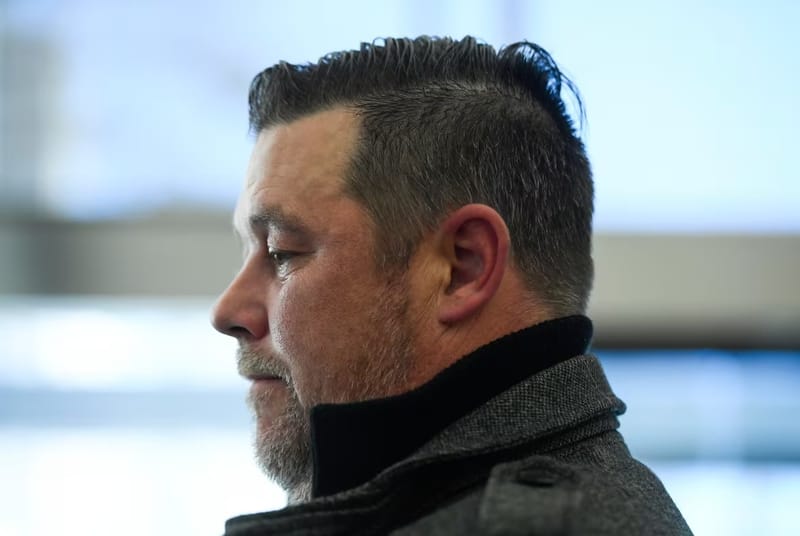Residential school monument finds home at national history museum
Children's unsmiling faces reflect dark chapter that 'should never have happened'

Stanley C. Hunt says it's difficult to put into words how he felt in May 2021 when he learned that approximately 200 potential burial sites had been discovered at the former Kamloops Indian Residential School.
Now, the result of Hunt’s grief has been transformed into a striking monument, currently on display at a museum in Gatineau, Quebec, not far from the seat of the government responsible for the residential school system that deeply affected Indigenous children and families across Canada.
Hunt, a Kwaguʼł master carver from Tsax̱is (Fort Rupert) on British Columbia's Pacific coast, channeled his sorrow from 2021’s tragic reminder of the schools' harmful legacy into designing and building a powerful memorial, etched with the somber faces of unsmiling children. "In fact, some of them are dead," Hunt said. "I wanted this to tell the truth about a dark chapter in our history that should never have happened."
Monument Unveiling on Monday
The monument will be officially unveiled to the public at the Canadian Museum of History on Monday at 6 p.m., coinciding with the National Day for Truth and Reconciliation — a day set aside for reflection on the impact of residential schools.
These schools, often run by the Catholic Church with federal government backing, aimed to assimilate Indigenous children into settler society by forcibly separating them from their families, languages, and cultures.
Numerous reports from the schools' operation period, spanning 1880 to 1996, and later investigations, have documented the widespread abuses endured by children, including physical and sexual violence, and in many cases, death.
These findings, and others, were compiled in the Truth and Reconciliation Commission's final report, published in 2015 after years of testimony from survivors, families, and community members.
Hunt, whose parents attended the residential school at Alert Bay, B.C., is also a survivor of the Sixties Scoop. He hopes his work, now permanently installed at the Gatineau museum across the Ottawa River from Parliament, can contribute to the healing process.
The centerpiece of the monument is carved from a large red cedar tree trunk, with each child’s face framed by a square and outlined in orange.
A prominent cross featuring an upside-down maple leaf and the initials "RCMP" and "NWMP" (North-West Mounted Police) stands out on the front, symbolizing the involvement of the police, the church, and the federal government in the residential school system.
"Some people might be offended by the upside-down cross," Hunt remarked, "but I’m quite offended by the reason it’s upside down."
A two-meter-tall raven perches atop the monument, and the lighting in the museum’s Four Seasons Salon — the monument’s dedicated space — casts the bird’s shadow onto one of the walls.
High windows on the opposite side overlook the Canadian Children's Museum area.
The raven's beak is partially orange because, as Hunt explained, "he's holding the seed of life. He’s going to help us find these children and call their spirits home."
Although the monument is housed in a museum, visitors are encouraged to interact with it physically. Elders who encountered the piece during its long journey from British Columbia to Gatineau felt moved to touch it, Hunt noted.
"People reached out, hugged it, and shared their own stories about residential schools," he said.
The monument's base is also designed for visitors to sit on, according to museum curator Kaitlin McCormick. "We feel truly honored that Stan has chosen our museum as the permanent home for his work," she said.
Admission to the museum is free on Monday, and the unveiling ceremony will be streamed live on Facebook and YouTube.





